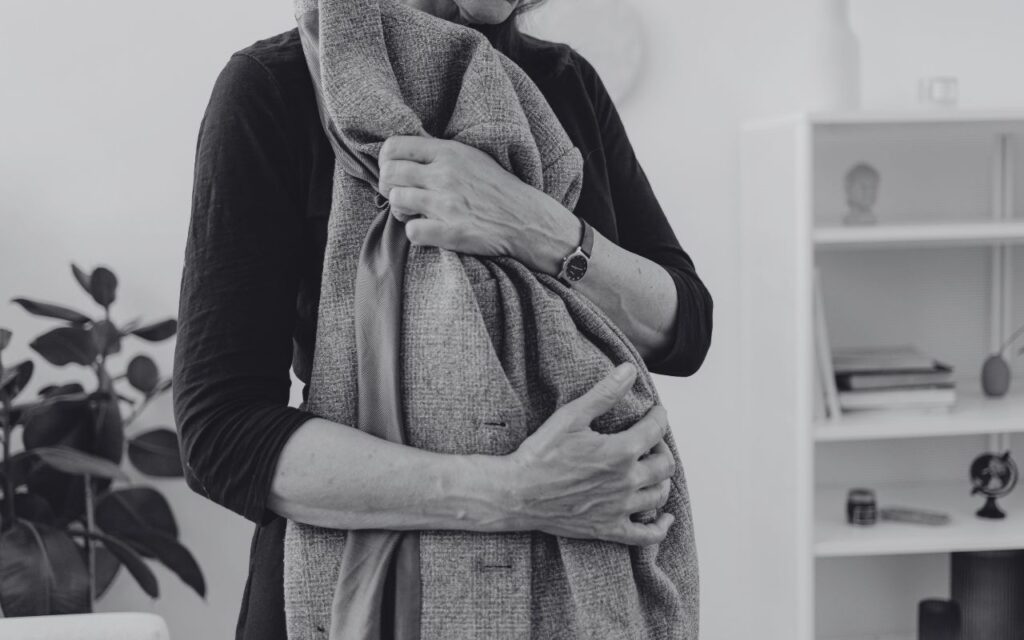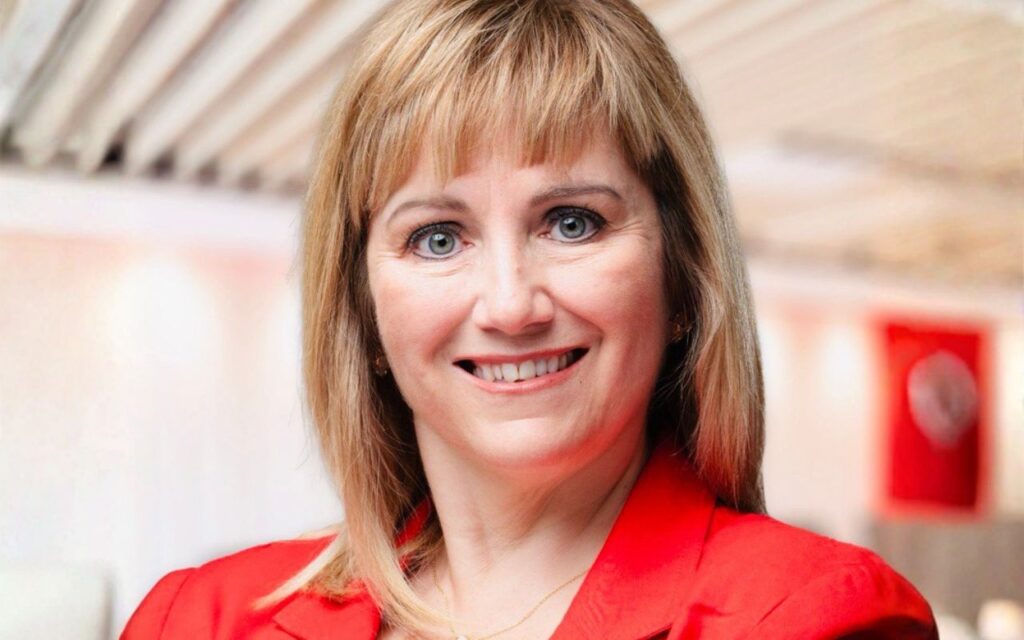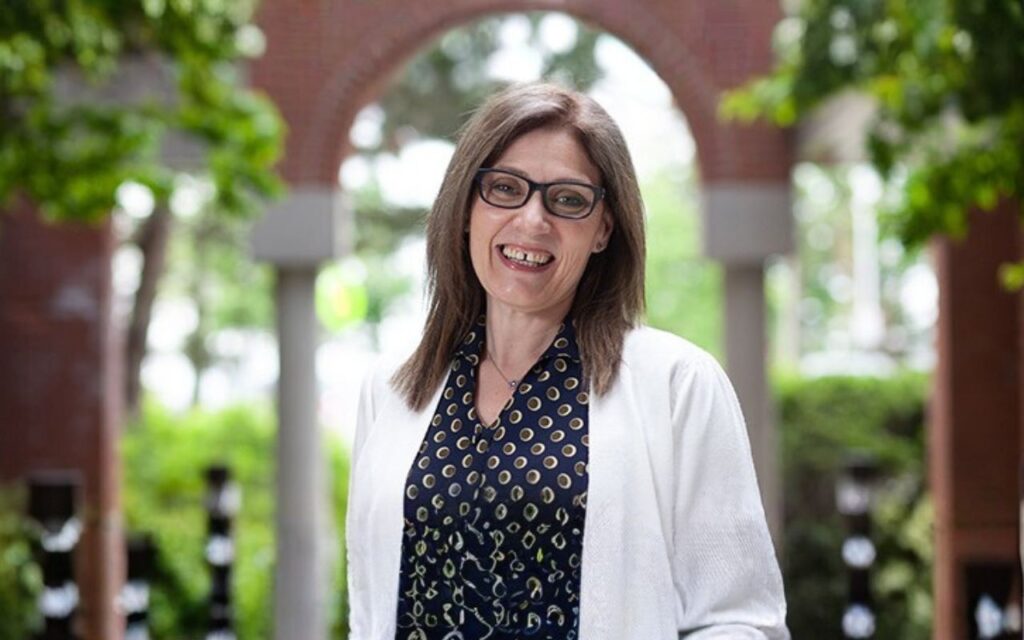
When women suffer, so does everyone around them.
That’s the tagline of the Hologic Global Women’s Health Index, which, developed in collaboration with international public health and medical experts and the Gallup World Poll research team, captures and measures women’s experiences with health and healthcare worldwide.
Of the 143 countries studied, where would you expect Canada to fall?
Possibly not in spot 61. Not behind Uzbekistan, Tajikistan, or Russia. But there we are.
It’s not great, and it’s also not a surprise to those dedicating themselves to women’s health in Canada.
One of those people is Dr. Sony (Sukhbir) Singh, Professor and Chair of the Department of Obstetrics, Gynecology and Newborn Care at The Ottawa Hospital/University of Ottawa.
Dr. Singh’s extensive experience in minimally invasive gynecologic surgery, combined with his active roles in advocacy and education, make him a leading voice in advancing women’s health and improving clinical practices nationally.
The battle for accessible care
With a sub-specialty in complex gynecologic disorders requiring surgical intervention or advanced medical therapies, you can imagine Dr. Singh deals with many complicated medical challenges. Yet, when asked about the main health issues he faces every day, he doesn’t hesitate: “Our number one concern right now is access to care, whether that’d be clinical consultation or surgical access, especially for complex conditions.”
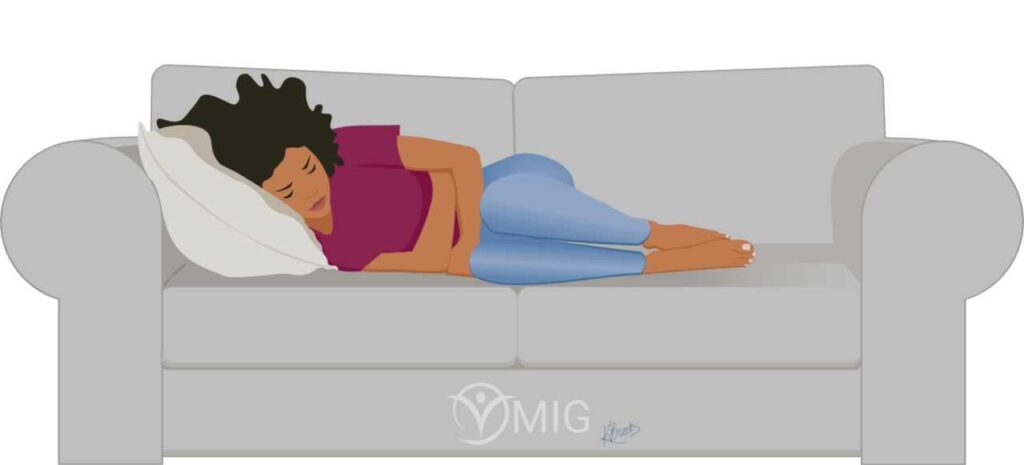
The conditions Dr. Singh is referring to are non-cancerous pelvic health problems which include heavy menstrual bleeding, pelvic pain, incontinence, and prolapse — with Dr. Singh’s areas of specialty being endometriosis and uterine fibroids.
Of course, cancer is terrifying, so it can be natural to hear “non-cancerous” and breathe a sigh of relief, but that classification is part of the problem: “We compartmentalize care,” Dr. Singh says. “We define the disease status, either cancer or non-cancer. Most women suffering with gynecologic issues have what we call benign, or non-cancerous or non-malignant conditions. So, those issues have never been prioritized.”
Dr. Singh is clear that these issues are far from benign, having life-altering impacts on women of all ages: “Many of these women are at the prime of their life, whether it be going through school, they are our doctors, our nurses, our financial leaders. And those years are taken away from them if they’re struggling with pain and all these symptoms,” he says. “It happens in each part of a woman or a young girl’s life that we’re delaying their ability to achieve their full potential. Missing school, applying for university or college — women are less likely to get promoted if they have these issues. They’re less likely to be able to maintain a job — it’s insane.”
When women suffer …
If you don’t have gynecological problems yourself and aren’t close to anybody who does, you may not understand exactly what Dr. Singh is talking about. Here is a sampling of the issues he sees in his practice:
- “For a condition like endometriosis, which causes pain and bleeding, it takes seven years to even get a diagnosis in our community. And on top of that, after we finally see them, if they have something complex, they need to wait another two years for surgery. These are real issues of people who are struggling. Housebound, if you’ve got incontinence and prolapse, where the organs are falling out of your body to be told you have a two- to three-year waitlist to have surgical care.”
- “It’s not okay to hemorrhage all over your bed sheets for several days every month, and say that it’s not fine to live with a tumour the size of a watermelon inside of you, and wait three years for surgery because it’s called benign — to live in pain daily and not be able to work or function. And be told everything is fine, then find out that your organs are collapsing and dying inside because we didn’t have the right resources to diagnose or treat it.”
- “The fibroid story is a story in its own right. Watermelon-size tumours. Sometimes I’ve taken 30 to 60 fibroids out. Can you imagine? Just imagine I told a man that he has a watermelon growing inside his abdomen: ‘You won’t be able to work, you’re going to bleed out of your penis, tons of blood that’s going to soak the entire bed every month.’”
- “My heart breaks knowing there are thousands of women in our region alone who are waiting for care. Who are in nursing homes being cared for by their loved ones, who are soiling themselves every day, spending much of their limited income on diapers, because they continue to suffer.”
… we all suffer
If the stories above aren’t enough, it’s also important to note these gynecological issues don’t only affect the women living with them.
As mentioned above, these conditions are leaving women unable to do their jobs — including jobs we all rely on (such as nurses!). They’re making it difficult for women to perform the unpaid caregiving roles — caring for children and elderly relatives — that so many take on.
And they’re grinding down the very system that looks away from them. Women who can’t get timely surgery — surgery that can take as little as two minutes to complete — are being maintained for months and years on blood transfusions and intravenous iron supplementation. They’re filling up emergency rooms. They’re drawing significantly on our already-strained blood services system.
Cultural and systemic barriers
Given the severity of the impacts to such a large segment of our population, why do women’s health issues continue to be neglected?
COVID
It sometimes seems like you can blame almost anything on COVID, and Dr. Singh stresses that for many years prior to the pandemic, gynecologic health was already being deprioritized by our healthcare system. However, he says already-long wait times have doubled (or worse) since COVID so, yes, here’s another thing to blame on the coronavirus.
Cultural taboos
“Overall, we see a huge discomfort in talking about women’s health,” Dr. Singh says. “Period suffering? No, that’s not something you should talk about. And, when women do speak up, they’re labelled as complaining or whining.”
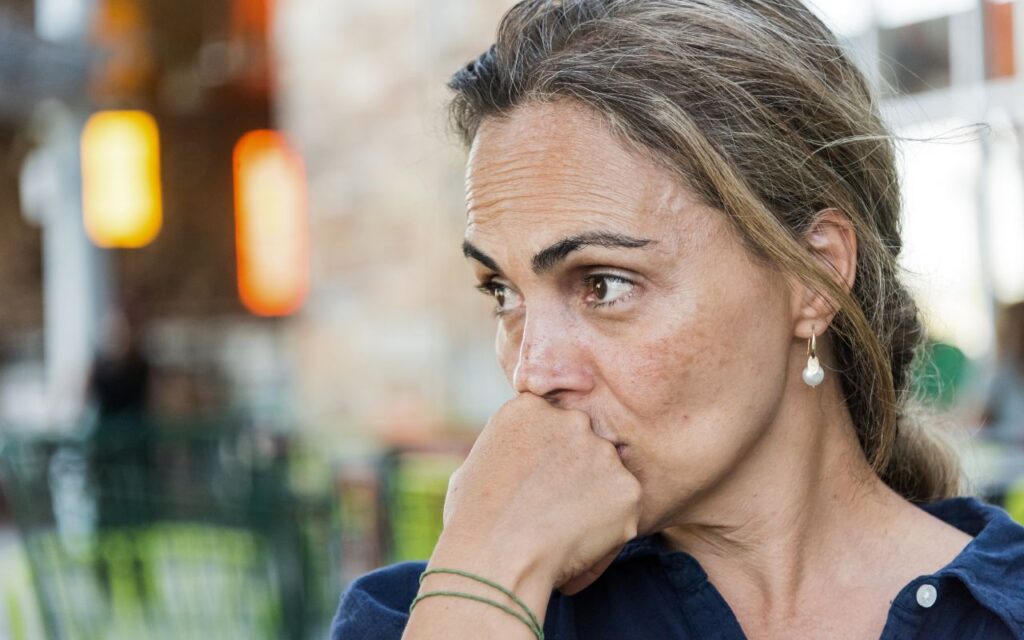
It’s not complicated: if we can’t talk about it, there’s no chance of addressing it. Which is part of the reason Dr. Singh is talking to The Honest Talk, “You know what happens whenever we do a media blitz? It’s so impactful. I get so many emails and calls and patient requests saying ‘nobody’s ever spoken about this.’”
Institutional / systemic priority-setting
A couple of decades ago, a national priority-setting exercise honed in on orthopedics, heart disease, cancer, and cataracts. Dr. Singh has seen what happens when a condition gets priority:
“At The Ottawa Hospital, we’re doing volumes of bariatric surgery, because we all agree it makes a difference. It’s going to save people from cancer, heart disease, and diabetes. Because it was prioritized, we pushed through.”
It’s not that Dr. Singh argues with the conditions that have been prioritized — in fact, he says they make sense — but he also says it’s clear that until women’s health is similarly prioritized, the backlog will continue.
And the competition for resources isn’t only external. Within obstetrics and gynecology, obstetrics has always received a lot of attention — after all, delivering babies is a big thing. “The care has been centred around women who are pregnant,” Dr. Singh says. “So the focus on gynecologic issues has been minimized.”
Gaslighting / dismissal
Combine the above points and what you get is a clear message from society and the healthcare system that there are bigger issues, more important things to tackle, and even if women do seek help, there likely won’t be any available to them. Dr. Singh hears this directly from his patients: “A common thing I hear is ‘my problems probably aren’t important compared to everybody else’s problems.’”
Treatment innovations
You might wonder, is there any good news? Of course there is. The name of Dr. Singh’s clinic says so much: the Ottawa Minimally Invasive Gynecology Group. Gynecologists like Dr. Singh and his colleagues know better and do better than in our mothers’ or grandmothers’ days when, too often, the automatic “solution” was a hysterectomy — usually one which removed the uterus and ovaries, castrating women, and throwing them into early menopause.
“We’ve come so far in understanding how to manage endometriosis, uterine fibroids beyond the hysterectomy,” Dr. Singh says. “Over the last 20 years, it’s been my career focus to bring to Canada advanced techniques to provide minimally invasive options, whether they be medications or surgery.”
Specifically, women today can benefit from:
- Improved diagnostic tools (e.g. advanced ultrasound, MRI), which lead to more accurate treatment targeting.
- Minimally invasive surgical techniques (laparoscopy, hysteroscopy), which are more precise, cause less trauma, and lead to quicker recovery times, less pain, reduced risk of infection, and less scarring.
- Non-surgical treatments — many women can avoid surgery by taking advantage of pharmaceutical / hormonal treatments.
- Patient-centred care, which respects patient preferences and considers women’s future plans and desires around fertility and other issues.
However, to enjoy these benefits, patients have to be able to access them. “The problem is, those advances don’t connect with what our healthcare system can provide,” Dr. Singh says. “If you had to do a graphic, you would make a wall and you’d say, the hope is all there and draw a crack into this wall, which is called the Canadian healthcare system. And on the top a few people crawling over and finally getting better, but the tsunami of patients that are hitting the wall is too big to overcome.”
Advocacy for change
Things can change, and Dr. Singh and his colleagues are working to make sure things do change. What that means is, in addition to their heavy research, practical, and mentorship workloads, they’re also serving as advocates — speaking up on behalf of the women not getting the care they deserve. “I’ve been told many times that I’m focused too much on this issue,” he says. “But how do I apologize for caring too much about women’s pain, bleeding, and all these issues that are under-serviced?
“I think it’s our responsibility to be loud — talk about it. Within my career, in my lifetime, I feel we have made a huge number of strides — patient by patient and innovation by innovation. Patients can go home the same day after surgery, they don’t even have to have a general anaesthetic — this can change their whole quality of life. But I know that’s just the tip of the iceberg, because now we need to translate it to every community, to help with access for every person in need. And not waiting two to three years.”
Please sign up for our newsletter, and check back to the website often so you don’t miss the remaining stories in our women’s healthcare series with Dr. Singh.





